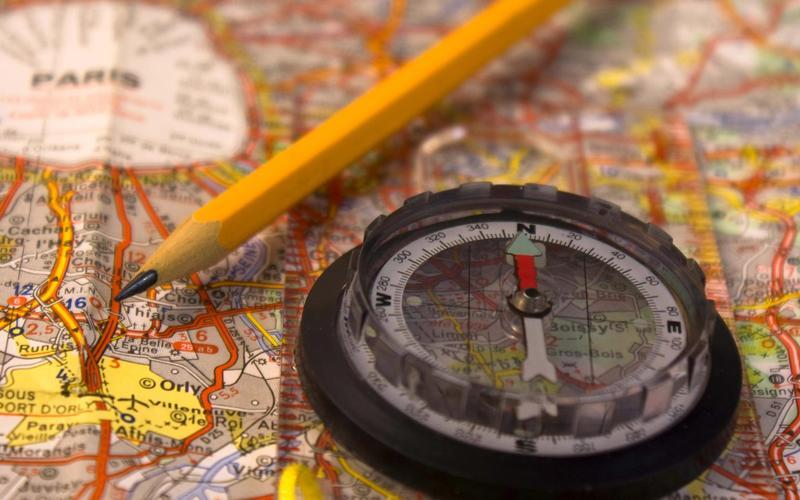Orienteering Explained
Orienteering Explained
Foot orienteering is a high-intensity game which includes an enormous mental component. There is no checked course – the orienteer should explore with guide and compass while running.
The guide gives nitty gritty data on the landscape, for example, slopes, ground surface, hindrances and so forth To be fruitful in foot orienteering, the competitor needs amazing guide understanding abilities, outright fixation and the capacity to settle on brisk choices on the best course while running at rapid.
Orienteers run over unpleasant ground, totally ill-equipped timberland territory or harsh open slopes – crosscountry in the genuine feeling of the word. Subsequently, significant body strength and deftness is required. Wellness like that of a 3000m steeplechase or long distance runner is required.
There is a wide assortment of orienteering occasions: singular rivalries and transfers, super short park races and mountain long distance race occasions. Late evening orienteering with the guide of a head light is additionally a well known type of orienteering.
Consistently, the best foot orienteers on the planet battle for the World Champion titles and the World Cup triumph.
Foot orienteering turned into a perceived Olympic game in 1977.
Gear:
Dashing suit: A lightweight, stretchy suit shields from undergrowth while permitting most extreme opportunity of development regardless of whether it gets splashing wet.
Shoes: Light, solid shoes with non-slip soles permit sure grasp on a wide range of ground – including mud and exposed stone.
Guide: The guide given by the coordinator shows the course with the control focuses which should be visited. The guide is intended to give definite data on the landscape – slopes, ground surface, and highlights, for example, rocks or precipices.
Compass: There is a wide assortment of complex compasses to browse. Essentially they can be isolated into two primary classes: base plate and thumb compasses.
Control card: To demonstrate that they have visited all control focuses organized appropriately, the orienteers need to punch their control card at each control utilizing an electronic gadget.
Be the first to post a message!
